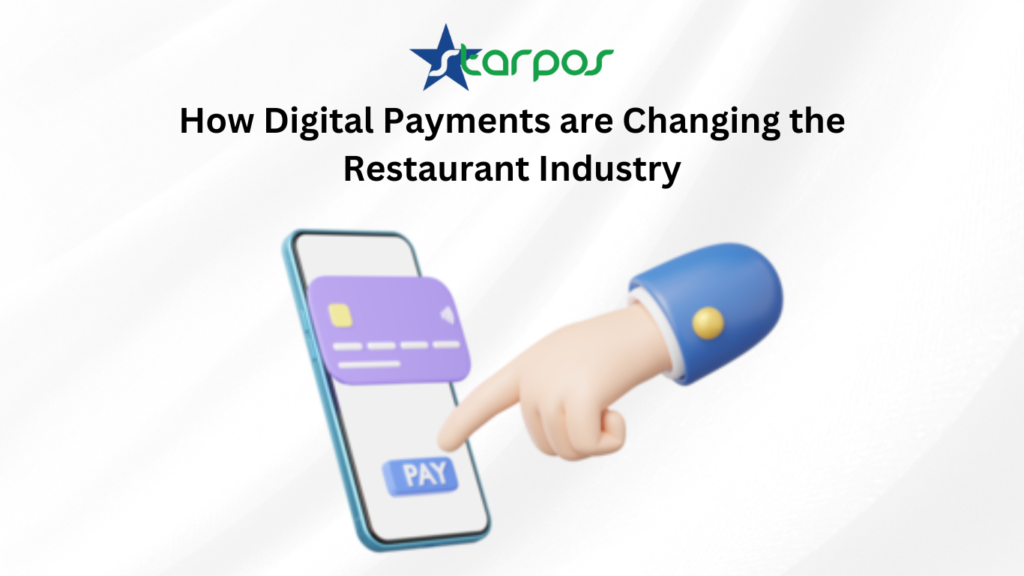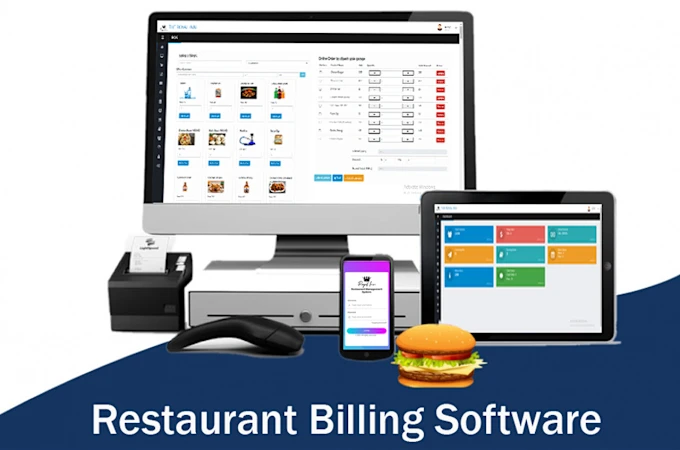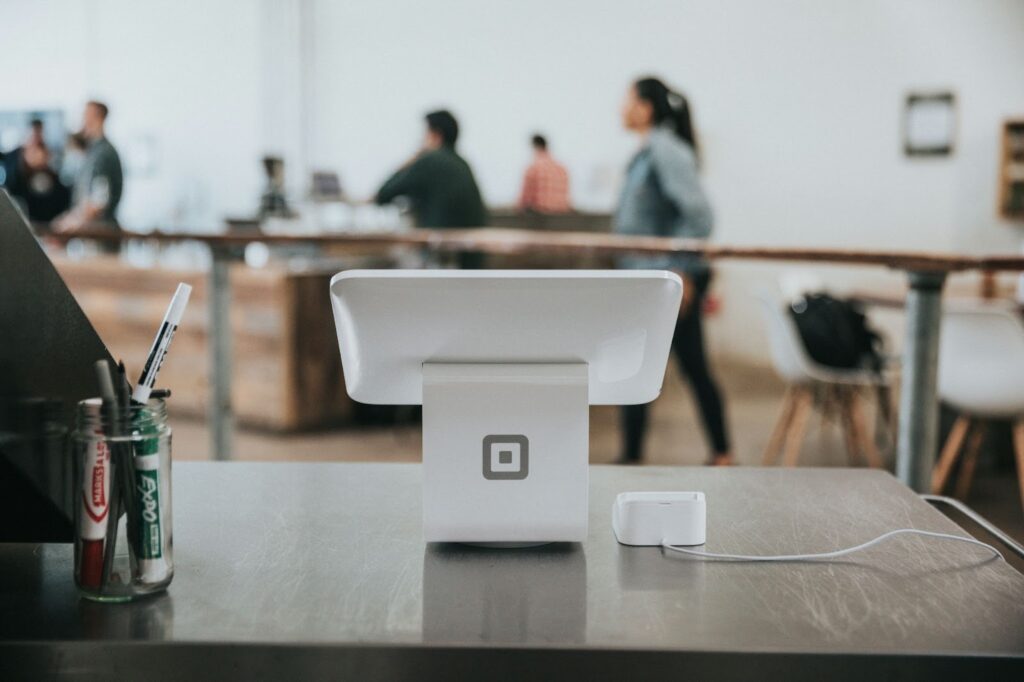
Introduction
The restaurant industry is evolving rapidly, and digital payments are playing a key role in this transformation. With the rise of cashless transactions, restaurants are streamlining operations, improving customer experiences, and increasing efficiency. Whether it’s mobile wallets, UPI, contactless payments, or QR code-based transactions, digital payment solutions are reshaping how restaurants do business.
The Rise of Digital Payments in Restaurants
Customers today expect convenience and speed when dining out or ordering food online. Traditional cash transactions are being replaced by digital payment methods, driven by several factors:
- Increased Smartphone Usage: More people now use mobile wallets and UPI for quick payments.
- Faster Transactions: Digital payments reduce waiting time at checkout, making service smoother.
- Improved Hygiene: Contactless payments became popular, especially after the pandemic, reducing the need for cash handling.
- Enhanced Security: Digital payments reduce the risk of fraud and theft compared to cash transactions.
Benefits of Digital Payments for Restaurants
1. Improved Customer Experience
Digital payments make transactions quick and seamless, reducing long queues and enhancing customer satisfaction. With multiple payment options, customers can choose their preferred method without hassle.
2. Better Cash Flow Management
Restaurants no longer need to handle large amounts of cash, reducing errors and making financial tracking easier. Digital transactions are automatically recorded, simplifying accounting and tax filing.
3. Increased Sales and Revenue
When customers have the flexibility to pay digitally, they are more likely to spend more. Features like one-click payments and EMI options encourage higher spending.
4. Integration with POS and ERP Systems
Many digital payment solutions integrate seamlessly with restaurant POS and ERP systems, enabling real-time tracking of sales, inventory, and customer preferences. This integration helps in making data-driven business decisions.
5. Loyalty Programs and Customer Retention
With digital payments, restaurants can easily implement loyalty programs, cashback offers, and discounts, encouraging repeat business and enhancing customer retention.
Popular Digital Payment Methods in the Restaurant Industry
1. UPI & Mobile Wallets
Unified Payments Interface (UPI) and mobile wallets like Google Pay, PhonePe, and Paytm have made cashless transactions simple and efficient.
2. Credit & Debit Cards
Traditional card payments remain popular, with added benefits like reward points and EMI options.
3. QR Code Payments
QR code-based payments allow customers to scan and pay instantly, reducing dependency on physical terminals.
4. NFC & Contactless Payments
Near Field Communication (NFC) technology enables quick tap-and-go payments, enhancing the dining experience.
Challenges of Digital Payments in Restaurants
While digital payments offer numerous benefits, some challenges include:
- Technical Issues: Network failures or system downtimes can disrupt transactions.
- Transaction Fees: Some payment providers charge processing fees, impacting profitability.
- Customer Awareness: Some customers may still prefer cash due to lack of digital literacy or trust issues.
The Future of Digital Payments in Restaurants
As technology continues to evolve, digital payments in restaurants will become even more advanced with AI-driven payment solutions, blockchain security, and seamless omnichannel payment experiences.
Restaurants that adopt digital payments today will stay ahead in the competitive market, offering a seamless and modern dining experience to their customers.
Conclusion
Digital payments are revolutionizing the restaurant industry, making transactions faster, safer, and more convenient. By embracing these payment solutions, restaurant owners can enhance efficiency, improve customer satisfaction, and boost revenue. As digital adoption grows, staying updated with the latest trends in payment technology will be crucial for success.


